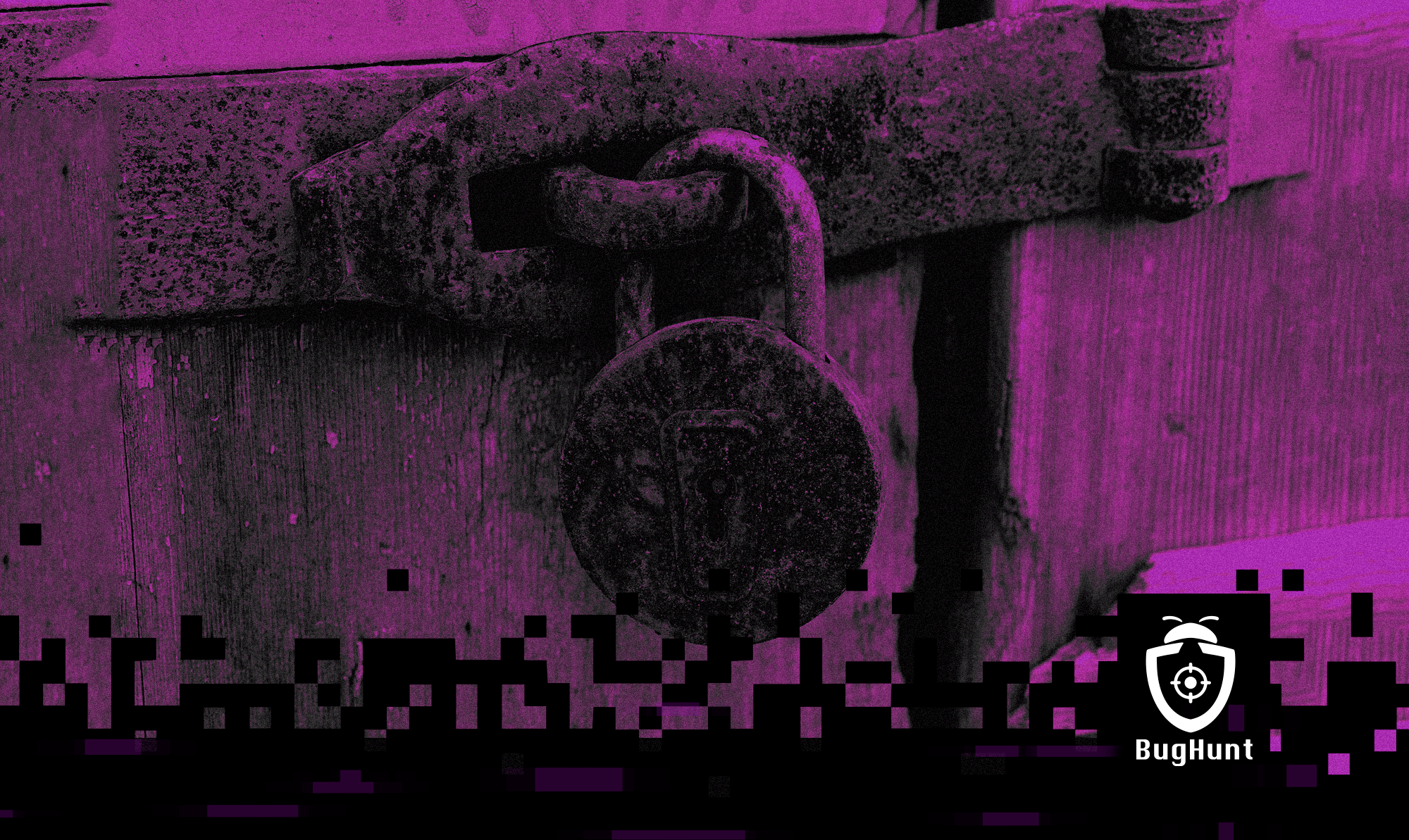Check out the benefits of vulnerability management for your company

Today, it's practically impossible for a company not to have at least one centralized operation in the digital environment. Due to this, vulnerability management becomes extremely necessary to ensure the security of these operations.
In an increasingly dangerous digital landscape, companies need to be smart to expand their activities online while staying secure against cyber threats.
In this context, the vulnerability management process is crucial for companies to develop a solid and effective strategy to improve their systems and protect against cyber dangers.
Continue reading this article to understand what vulnerability management is, the processes involved, the benefits of having a structured vulnerability management system, and the comparison between vulnerability analysis and risk management.
What is Vulnerability Management? Vulnerability management is a set of cybersecurity processes aimed at making companies more secure by identifying, assessing, prioritizing, and mitigating risks in systems, networks, applications, and/or IT environments.
The main goal of vulnerability management is to reduce the risks of cyberattacks and/or unauthorized data exposure by addressing weaknesses and gaps in an organization's systems.
It is important to note that vulnerability management is a continuous and customizable procedure. Although it involves some essential steps, there are different ways to implement vulnerability management due to the various cybersecurity solutions available on the market.
Processes of Vulnerability Management As mentioned earlier, vulnerability management involves several interconnected processes that work together to identify, assess, prioritize, and mitigate vulnerabilities in systems, networks, and applications.
Here are the main processes involved in vulnerability management:
- Identification of Vulnerabilities This process aims to discover and identify vulnerabilities present in systems, networks, or applications. This can be done through automated security scans, source code analysis, configuration reviews, penetration testing, and also through Bug Bounty programs.
- Risk Assessment After identifying vulnerabilities, a risk assessment is performed to determine the severity of each vulnerability and its potential impact if exploited. This involves evaluating the likelihood of an attack and the possible consequences.
- Prioritization Based on the risk assessment, vulnerabilities are prioritized according to their severity, potential impact, and other relevant criteria. This helps focus resources and efforts on addressing the most critical vulnerabilities.
- Mitigation In this process, vulnerabilities are addressed and mitigated through the implementation of appropriate solutions. This may involve applying security patches, software updates, reconfiguring systems, changing network architecture, and other measures to reduce exposure to vulnerabilities.
- Communication and Collaboration Vulnerability management requires effective collaboration between security, development, and operations teams. Clear and regular communication among these teams is essential to ensure that everyone is aware of identified vulnerabilities and ongoing mitigation efforts.
- Continuous Monitoring Cybersecurity is an ongoing effort, not a one-time task. Therefore, continuous monitoring is necessary to keep systems updated and to identify new vulnerabilities that may arise due to new technologies or emerging threats.
- Audit and Review Periodically, it is important to conduct audits and reviews of vulnerability management practices to ensure their effectiveness and identify possible areas for improvement. This step is crucial for keeping systems up-to-date and for adapting and adjusting processes as needed.
What are the Benefits of Vulnerability Management? One of the main benefits of vulnerability management is certainly maintaining the integrity of companies, making them more secure against cyber threats.
In addition, there are other benefits related to vulnerability management, including:
- Reduction of Cyberattack Risks By identifying and mitigating known vulnerabilities through vulnerability management, it is possible to significantly reduce the chances of cybercriminals exploiting security gaps and carrying out cyberattacks.
- Increased Operational Efficiency By prioritizing and addressing vulnerabilities based on their severity, organizations can reduce errors and operational failures, and allocate resources more effectively to resolve the most critical issues.
- Cost Savings This may be one of the most sought-after benefits by managers. With vulnerability management, it is possible to prevent cyber threats and, consequently, avoid costs associated with data breaches, incident recovery, data loss, and damage to reputation.
- Reputation and Credibility A proactive approach to cybersecurity demonstrates the organization’s commitment to protecting customer and partner data, increasing trust and reputation in the market.
Vulnerability Analysis vs. Vulnerability Management Before creating any rivalry between vulnerability analysis and vulnerability management, it is essential to reinforce that both are complementary actions with the same goal: making companies more secure.
Although they are similar initiatives, vulnerability analysis and vulnerability management are different. Vulnerability analysis focuses on addressing specific security gaps, while vulnerability management is a more comprehensive and ongoing process involving proactive actions to reduce risk over time, ensuring a more robust and adaptable security posture.
It is worth noting that the starting point for both initiatives is vulnerability identification. Therefore, effective identification is crucial as it determines the success of vulnerability analysis or management.
For example, Bug Bounty optimizes the process of identifying vulnerabilities through a base of thousands of experts with diverse skills. To make the most of this service, it is necessary to have a team ready to continue with vulnerability management.
Want to know more about how Bug Bounty can help you with more effective cybersecurity actions? Contact BugHunt!

